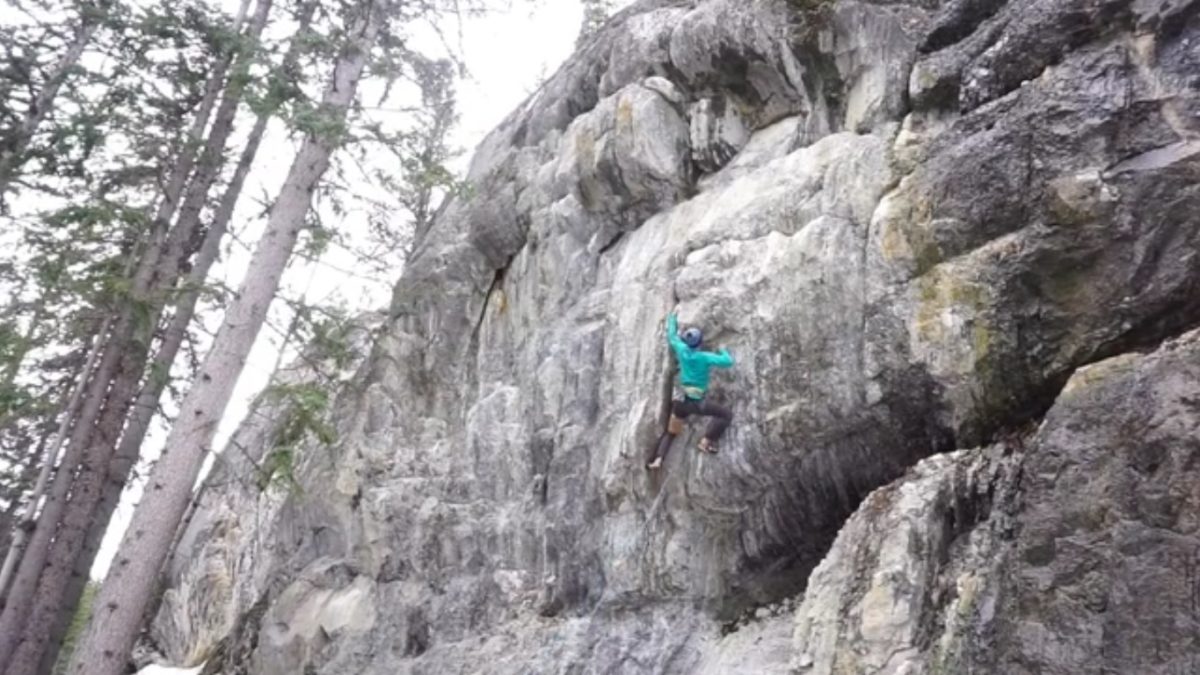Five Tips for Early Crag Climbing Season
Being prepared will help you get the most out of your day at the crag

Rock climbers are already getting out in Canada, and with the increase in the popularity of climbing, there will be more climbers than ever at the crags. If you’re new to the sport, there are some things that you need to know about, from loose rock to old fixed gear. Not to mention ticks and bears. Below are some helpful reminders and tips to make your spring season as enjoyable as it can be.
Insects and Bears: Ticks are gross little insects that love to hide at the base of warm crags. Their goal is to crawl onto you, find somewhere warm (arm pit or head) and to bury their head and suck your blood. Try your hardest to avoid these critters and do a thorough tick check every day until tick season is over. Bring the bug spray as the mosquitoes will be out in full force. Remember its bear season and most of our climbs are in bear habitat. Educate yourself about where you’re climbing and take the necessary precautions such as bear spray and groups of four.
Loose Rock and Vegetation: The freeze/thaw process set into motion by cold temperatures is one of the main contributors to loosening rock from the earth. It’s especially dangerous on vertical rock faces. If you’re climbing a notoriously loose route, check every hold with a little tap before trusting it. Even places like Squamish and Skaha have had known rock falls. Wear a helmet and beware of loose rock. If you find one, shout to everyone that you are dropping it or to be awarded as you carry it down. Yell “Rock!” if you knock one off the wall. Many routes in wet climates will have moss and lichen continue to grow throughout the year. Bring a brush to rarely-climbed lines to scrub holds.
Access: Remember access issues impact your local climbing. Check the local access situations before heading to that crag you’re not sure about. Respect wildlife and seasonal closures in parks, no access signs and the ethics of your local crag. If you can’t anchor off trees, then don’t anchor off trees. Park where you’re supposed to, pack out your garbage, keep the dogs behaving and let’s work together to ensure access for everyone.
Weather: It’s spring so be prepared for sudden rainstorms and cold weather depending on where you are. Wear appropriate clothing climbing. If you’re cragging wear light pants or stretchy jeans and if you’re doing long routes bring layers, gloves, shells and headlamps. At high altitudes be prepared for sudden snow storms, it’s been known to snow every month of the year in the Rockies.
Gear: You’re not going gym climbing so pack for the conditions. Is there still snow at the crag? Bring a tarp and rope bag. Know how many quickdraws you’ll need for your objectives. Do you need a 60-metre rope or 70-metre rope? Bring flagging tape if visiting a remote crag to re-flag the trail. Bring food, water, headlamps and a cell phone in case of an emergency. It’s always smart to pack a first aid kit with some painkillers in case someone in your group or another group gets injured. Many crags require stick-clips, so be sure you do or don’t need one. Always bring a helmet.


